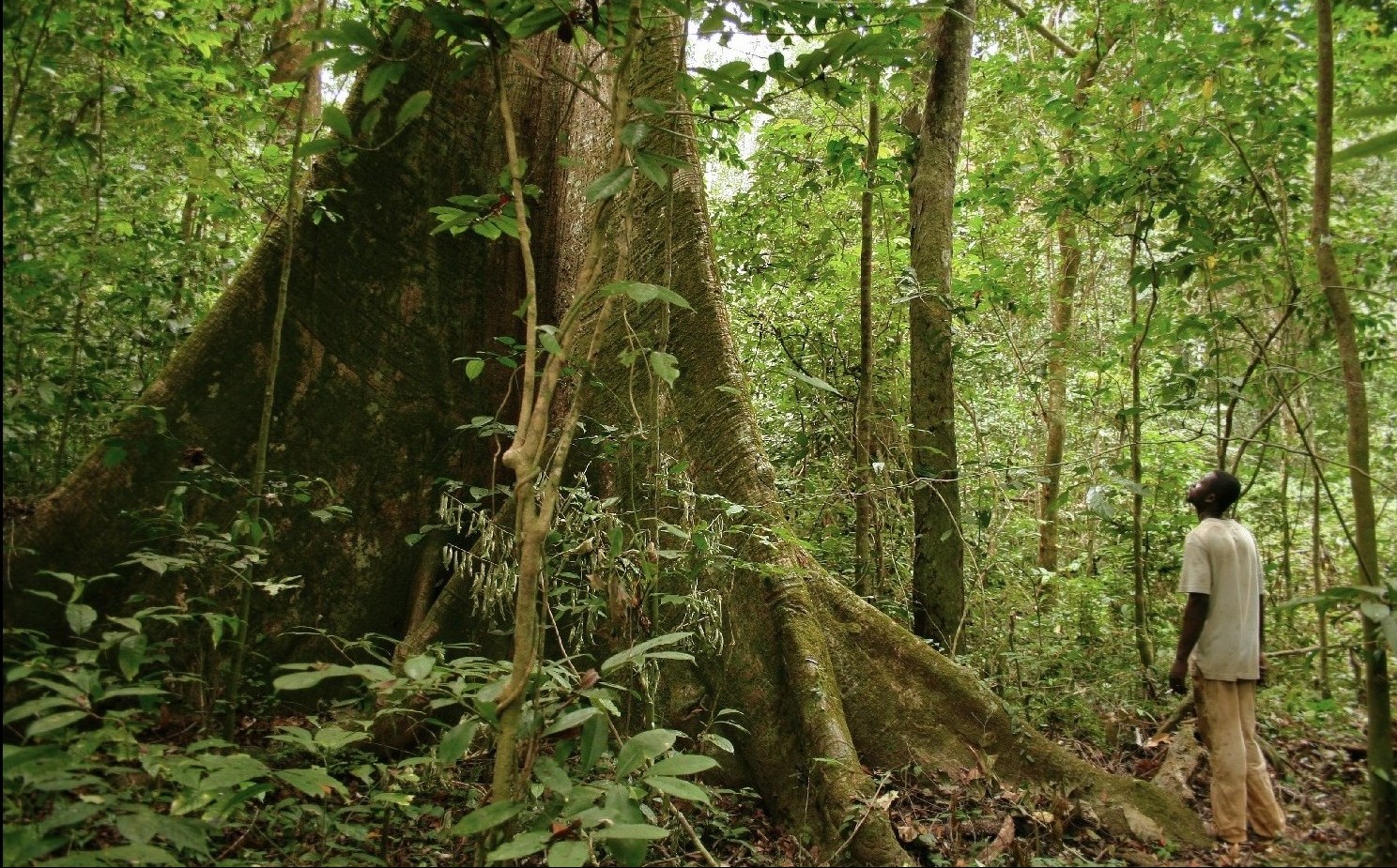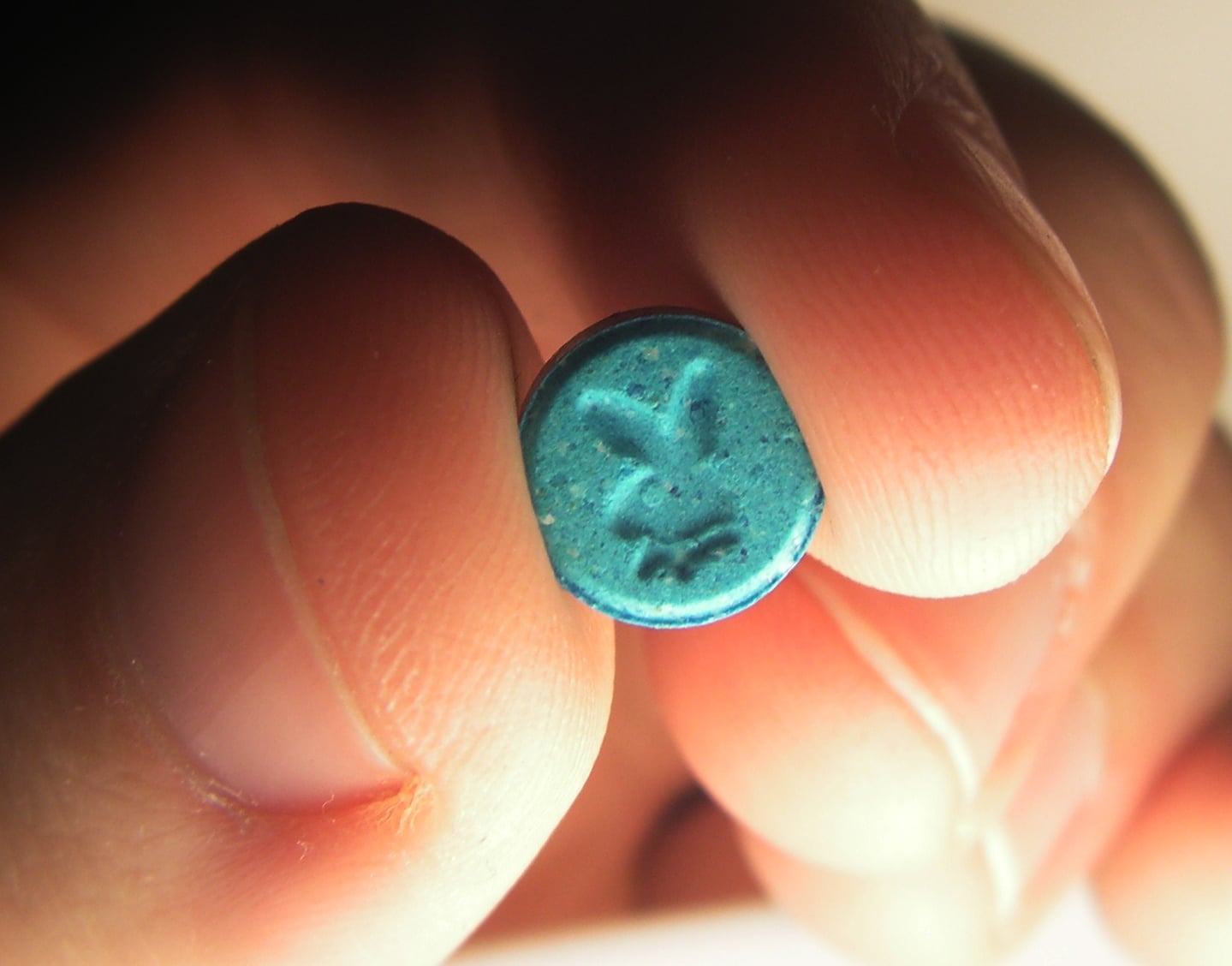
The iboga shrub. Image source: https://www.spiritmolecule.com/retreat/iboga-house.
The African forest shrub Tabernanthe iboga, more commonly known as iboga, doesn’t look like a remarkable plant. In fact, if you didn’t know what to look for, you would probably walk right by it amidst the beautiful rainforest scenery. But the iboga plant is no ordinary shrub; its bark contains a naturally occurring psychoactive alkaloid called ibogaine that stimulates the central nervous system when consumed.
People of the Bwiti religion and their predecessors the Bantu tribe have used the iboga root bark for at least a century for healing, hunting, rituals, celebrations, and personal transformation. More recently, people around the world have begun using this treasured plant for psychedelic therapy and alternative addiction recovery treatment.
But how was the iboga plant first discovered? And how did this unassuming shrub become a recognized and protected entheogen in Gabon and global treatment sensation?
Traditional Iboga Use
Bwiti practitioners from West African nations like Gabon, Cameroon, and the Congo Republic consider the iboga plant central to their religion. Some say warthogs first led the Bwiti to the shrub. The animals could be seen digging holes at the foot of the iboga plants to get the root bark, and shortly after they would fall into a wild frenzy. The Bwiti experimented with the plant and soon learned that in small doses, iboga reduced the need for sleep and heightened awareness of one’s surroundings—particularly useful during hunting. In larger doses, they unlocked the plant’s psychedelic properties, experienced as a kind of sacrament that transported people to the spirit world to undergo a deeply reflective death and rebirth experience. Afterward, they would emerge into a more spiritual and harmonious life.
The Bwiti ceremonies developed around the iboga plant include the initiation of adolescents into adulthood, and rituals involving music and dancing that cement community bonds and align the participants with the wisdom and clarity of the unseen realms. Participants in these rituals report strong hallucinations and a powerful sense of being able to see into their life, habits, and past with unparalleled clarity. Over time, as some of these rituals were shared with foreigners, iboga became similarly beloved and renowned outside of the Bwiti peoples.
By the 1960s, the plant was such an honored and integral part of Gabon’s culture that the first President of Gabon fiercely defended its use and importance. In the year 2000, iboga was declared a national treasure by the Council of Ministers of the Republic of Gabon. Similar to ayahuasca in Peru, iboga enjoys protection and official recognition as a “cultural heritage strategic reserve” from the government of Gabon.
Sharing the Iboga Treasure
While it’s not exactly certain how and when iboga made its way from Western Africa to the rest of the world, ibogaine advocate Howard Lotsof first championed iboga in 1962 as an addiction treatment for opiates after it allegedly cured him of his heroin habit[2. https://en.wikipedia.org/wiki/Howard_Lotsof]. Lotsof would go on to author research papers on the subject and pave the way for FDA clinical trials of ibogaine as an addiction remedy.
Today, iboga therapy centers are appearing around the globe as an alternative to traditional rehab and therapy programs, and they offer some huge advantages. Under the right guidance and setting, an iboga session can be immensely powerful and life-changing, and the benefits extend well beyond treating the condition. Iboga therapy acts as a singular peak experience with guided aftercare, rather than a protracted series of therapy sessions or ongoing prescription drug use.
As the Bwiti and their predecessors have understood for centuries, iboga can allow a person to shed their destructive habits so they can be reborn with a much more centered and healthy perspective on life. Thanks to the power of the plant and its Bwiti caretakers, this Gabon national treasure is quickly becoming a treasure of the world.










Thank you for your work and sharing this information.